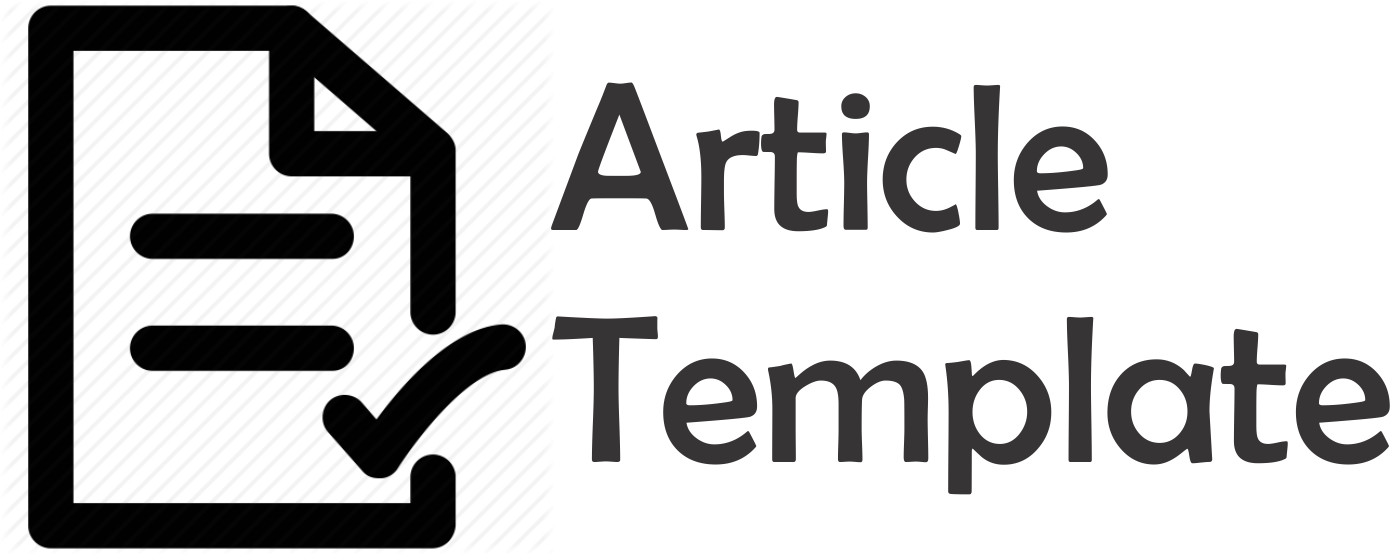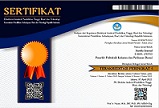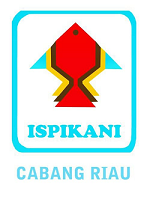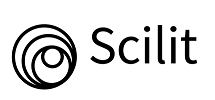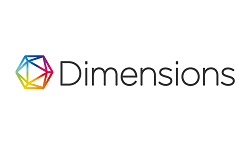ANALYSIS OF WASTEWATER QUALITY AND PERFORMANCE EFFECTIVENESS OF WASTEWATER TREATMENT PLANT ON VANAME SHRIMP (Litopenaeus vannamei) CULTURE IN BPIU2K KARANGASEM
Abstract
Vaname shrimp (Litopenaeus vannamei) culture in BPIU2K Karangasem will produce waste from metabolism and leftover feed that contains organic material. This waste will cause environmental problems if not properly processed. This study aims to determine the quality of wastewater and the effectiveness of WWTP performance so that it can be used to generate policy recommendations for improvements in wastewater management. Water samples are taken in the morning using composite technique at five points in the IPAB inlet and outlet, each consisting of 1 liter with three repetitions.The results showed water quality of WWTP outlet from first week to third week have reached quality standard for physical parameters such as TSS and turbidity, and chemical parameters such as BOD and nitrate. However, did not reach quality standard for chemical parameters such as phosphate, H2S, nitrite, and ammonia. Removal efficiency in processing units can be used to determine the effectiveness of WWTP and will be effective if efficiency value is in the range of 60% < x = 80%. First week, WWTP in BPIU2K Karangasem showed its effectiveness on several parameters such as BOD and nitrate. Second week, the effectiveness was shown for BOD, phosphate, nitrate and ammonia. Third week, the effectiveness was shown for TSS, BOD, phosphate and H2S. The effectiveness of WWTP for each parameter differs every week due to the cultivation waste water coming from various activity units and the IPAB is still effective in treating wastewater because the five tested parameters still meet the quality standard.
Keywords
Full Text:
PDFReferences
Aini, M., & Parmi, H. J. (2022). Analisis Tingkat Pencemaran Tambak Udang di Sekitar Perairan Laut Desa Padak Guar Kecamatan Sambelia Kabupaten Lombok Timur. Journal of Aquatic and Fisheries Sciences, 1(2), 67–75.
BSN. (2008). Metoda Pengambilan Contoh Air Permukaan. SNI No. 6989.59:2008. Badan Standarisasi Nasional. Jakarta.
Bui, T. D., Luong-van, J., & Austin, C. M. (2012). Impact of Shrimp Farm Effluent on Water Quality in Coastal Areas of the World Heritage-Listed Ha Long Bay. American Journal of Environmental Sciences, 8(2), 104–116.
Daroini, T. A., & Arisandi, A. (2020). Analisis BOD (Biological Oxygen Demand) di Perairan Desa Prancak Kecamatan Sepulu, Bangkalan. Juvenil, 1(4), 558–566.
DJPB. (2019). Petunjuk Teknis Instalasi Pengolahan Air Limbah Pembesaran Udang. Direktorat Jenderal Perikanan Budidaya. Jakarta.
Effendi, H. (2003). Telaah Kualitas Air : Bagi Pengelolaan Sumber Daya Dan Lingkungan Air. Yogyakarta:Kanisius.
Fahrur, M., Makmur, & Undu, M. C. (2015). Karakteristik Air Buangan Limbah Budidaya Udang Vaname Super Intensif. 2002, 1015–1026.
Herbeck, L. S., Unger, D., Wu, Y., & Jennerjahn, T. C. (2013). Effluent, nutrient and organic matter export from shrimp and fish ponds causing eutrophication in coastal and back-reef waters of NE hainan, tropical China. Continental Shelf Research, 57, 92–104.
Isman, H., Rupiwardani, I., & Sari, D. (2022). Gambaran Pencemaran Limbah Cair Industri Tambak Udang Terhadap Kualitas Air Laut di Pesisir Pantai Lombang. Jurnal Pendidikan Dan Konseling, 4(5), 3531–3541.
Karlina, A. C., Supriatna, A. M., & Amalia, V. (2022). Analisis Kadar Nitrit ( NO 2 – N ) pada Sampel Air Permukaan dan Air Tanah di Wilayah Kabupaten Cilacap Menggunakan Metode Spektrofotometer Uv-Vis. Gunung Djati Conference Series, Volume 7 (2022), 7(2), 1–7. Prosiding Seminar Nasional Kimia 2021
Mangarengi, N. A. P., Selintung, M., Zubair, A., & Ahmad, F. (2020). Evaluation of the effectiveness of wastewater treatment plant for super-intensive shrimp farms (A case study on Punaga Village, Takalar). IOP Conference Series: Earth and Environmental Science, 419(1).
Manijo. (2021). Budidaya Udang Vaname (Litopenaeus vannamei) di Tambak Milenial. Balai Perikanan Budidaya Air Payau. Situbondo.
Mustofa, A. (2017). Kandungan Total Zat Padat Tersuspensi Dari Outlet Tambak. Disprotek, 8(1), 34–45.
Nababan Edward, Putra Iskandar, & Rusliadi. (2017). Pemeliharaan Udang Vaname (Litopenaeus Vannamei) Dengan Persentase Pemberian Pakan Yang Berbeda.
Nurhadi, N. febrinawati, Putri, B., & Hudaidah, S. (2020). Pemanfaatan Limbah Budidaya Udang Vaname (Litopenaeus Vannamei) Sebagai Media Kultur Chaetoceros Amami. Jurnal Perikanan Unram, 10(1), 20–28.
Piranti, A. S., Rahayu, D. R. U. S., & Waluyo, G. (2018). Evaluasi Status Mutu Air Danau Rawapening. Jurnal Pengelolaan Sumberdaya Alam Dan Lingkungan (Journal of Natural Resources and Environmental Management), 8(2), 151–160.
Prabowo, W. T. (2022). Laporan Tahunan Balai Produksi Induk Udang Unggul dan Kekerangan (BPIU2K) Karangasem Tahun 2021. BPIU2K Karangasem.
Purnomo, P. W., Nitisupardjo, M., & Purwandari, Y. (2013). Hubungan Antara Total Bakteri Dengan Bahan Organik , NO3 Dan H2S Pada Lokasi Sekitar Eceng Gondok Dan Perairan Terbuka Di Rawa Pening. Journal Of Management Of Aquatic Resources Volume 2 , Nomor 3 , Tahun 2013 , Halaman 85-92.
Putri, W. A. E., Purwiyanto, A. I. S., Fauziyah, ., Agustriani, F., & Suteja, Y. (2019). Kondisi Nitrat, Nitrit, Amonia, Fosfat Dan Bod Di Muara Sungai Banyuasin, Sumatera Selatan. Jurnal Ilmu Dan Teknologi Kelautan Tropis, 11(1), 65–74.
Romadhona, B., Yulianto, B., & Sudarno, S. (2016). Fluktuasi Kandungan Amonia Dan Beban Cemaran Lingkungan Tambak Udang Vaname Intensif Dengan Teknik Panen Parsial Dan Panen Total. Saintek Perikanan : Indonesian Journal of Fisheries Science and Technology, 11(2), 84.
Saiya, H. G., & Katoppo, D. . (2015). Waste management of shrimp farms as starting point to develop integrated farming systems (case study: Kuwaru Coast, Bantul, Yogyakarta, Indonesia). Journal Of Degraded And Mining Lands Management, 2(3), 361–367.
Sugiura, S. H. (2018). Phosphorus, Aquaculture, and the Environment. Reviews in Fisheries Science and Aquaculture, 26(4), 515–521.
Suwoyo, H. S., Undu, M. C., & Makmur. (2014). Laju Sedimentasi dan Karakterisasi Sedimen Tambak Super Intensif Udang Vaname (Litopenaeus Vannamei). Prosiding Forum Inovasi Teknologi Akuakultur, 327–339.
Syah, R., Fahrur, M., Suwoyo, H. S., & Makmur, M. (2017). Performansi Instalasi Pengolah Air Limbah Tambak Superintensif. Media Akuakultur, 12(2), 95.
Syah, R., Makmur, & Undu, M. C. (2014). Super-intensive vaname shrimp. Jurnal Riset Akuakultur (Local Journal), 9(3), 439–448.
Suhendar,T.D., Sachoemar, S. I., & Zaidy, A. B. (2020). Hubungan Kekeruhan Terhadap Materi Partikulat Tersuspensi. Badan Pengkajian Dan Penerapan Teknologi, 1–7.
Tian, Y., Chen, G., Lu, H., Zhu, H., & Ye, Y. (2019). Effects of shrimp pond effluents on stocks of organic carbon, nitrogen and phosphorus in soils of Kandelia obovata forests along Jiulong River Estuary. Marine Pollution Bulletin, 149(October), 110657.
Utama, U. A. (2017). Beban Limbah tambak udang intensif : ancaman dan soi. Accelerating the World’s Research, 1990, 1–8.
DOI: http://dx.doi.org/10.15578/aj.v6i1.13048
Refbacks
- There are currently no refbacks.
Citation
Pusat Penelitian dan Pengabdian Kepada Masyarakat
Politeknik Kelautan dan Perikanan Dumai
Jl. Wan Amir No. 1, Kel. Pangkalan Sesai, Kec. Dumai Barat, Kota Dumai
Telp/Fax: (0765) 4300443
This work is licensed under a Creative Commons Attribution-ShareAlike 4.0 International License.
View My Stats
